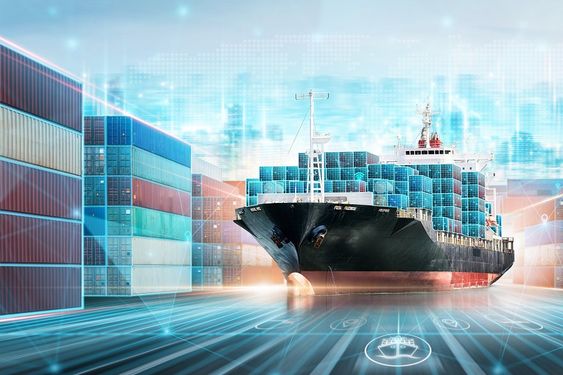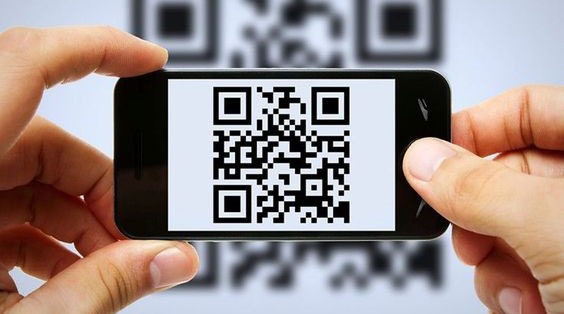 Are Dynamics QR codes the Key to Transforming Modern Logistics?
Are Dynamics QR codes the Key to Transforming Modern Logistics?
Are Dynamic QR Codes the Key to Transforming Modern Logistics?
Have you ever scanned a QR code and wondered how it could change? For instance, can the QR code becomes dynamic as an evolving digital chameleon adapting to its environment. Unlike static codes, a step beyond static codes that contain fixed data, dynamic QR codes have a unique ability; they store information. But how exactly and what is their potential for transformation of information management and sharing?
Dynamic QR codes make it easier to manage inventory in warehouses. They allow for instance updates on stock levels and help track assets like machinery and tools, reducing the risk of loss. They also streamline operations by speeding up processes like receiving, picking, and packing goods.
Dynamic QR codes are enhancing customer experiences through personalization and interactivity. For instance, customers can scan a dynamic QR code on a package to see order details, track delivery or get special offer specially meant for them. This not only makes customers feel valued but also encourages repeat business and reduces their frustration.
Have you any idea that in the field of logistics, dynamic QR codes help to promote security by preventing counterfeits and data protection? It is useful when authenticating items. Dynamic QR codes provide instant information from a secure database that can be used to check for authenticity, which is important in high-value commodities such as electronics and pharmaceuticals. Moreover, they add another barrier against counterfeiting because once copied, such codes become irrelevant upon their update.

For instance, real-time shipping data about positions of goods and their state or condition are gathered by IOT devices like sensors and trackers. When coupled with dynamic QR codes, this information becomes easily available and updatable. A shipment of perishable products could have a dynamic QR code that has temperature readings updated in real-time from IoT sensors; if temperature exceeds safe levels the QR code will raise alarms to inform logistics managers immediately thereby averting spoilage.
The complexity of these codes will increase, so the logistics industry can make use of them. The integration of dynamic QR codes with advanced AI and machine learning algorithms is another future trend. This mean that logistics management can become more accurate and predictive. For example, companies could analyse and predict supply chain disruptions using delays. Another emerging application is dynamic QR codes combined with augmented reality (AR). Warehouse workers would have AR glasses on, which lets them scan dynamic QR codes on packages for instant details such as content information, handling instructions and optimal storage location thereby streamlining warehouse operations and reducing errors.

In conclusion, dynamic QR code are not only a trend but also a strategic advantage in the changing world of logistics. Any forward-thinking player in the logistics sector should note that this real time data enables interaction between different parties involved in the logistical process by incorporating technology. The decision to adopt dynamic QR codes guarantees an organization improved security measures, efficiency levels, and customer satisfaction rates thus moving it towards an innovative networked future.
By:
Stephanie
| Date:
04 Jul2024